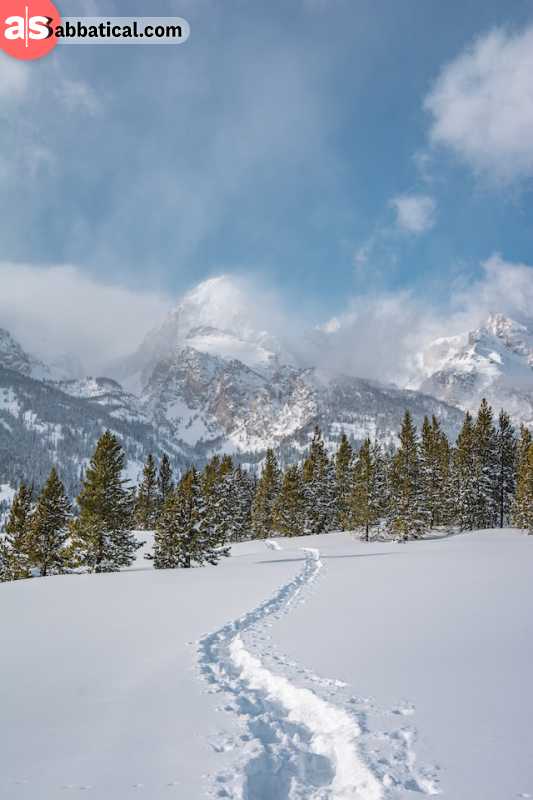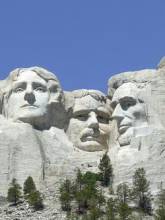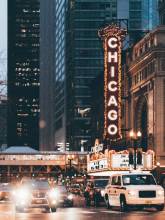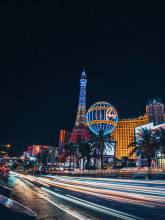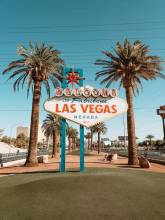Capturing the Beauty of National Parks: A Photographer's Guide to Jackson Hole
Found between the Teton and Gros Ventre Ranges lies Jackson Hole. It is a picturesque valley in Wyoming that contains the Grand Teton National Park. This natural wonderland is a place that draws in plenty of nature photographers. All of them wanted to take shots of the iconic landmarks, the wildlife, and the landscapes.
In this article, we’ll cover the photographer’s guide to Jackson Hole. That way, you can capture snapshots while staying safe.
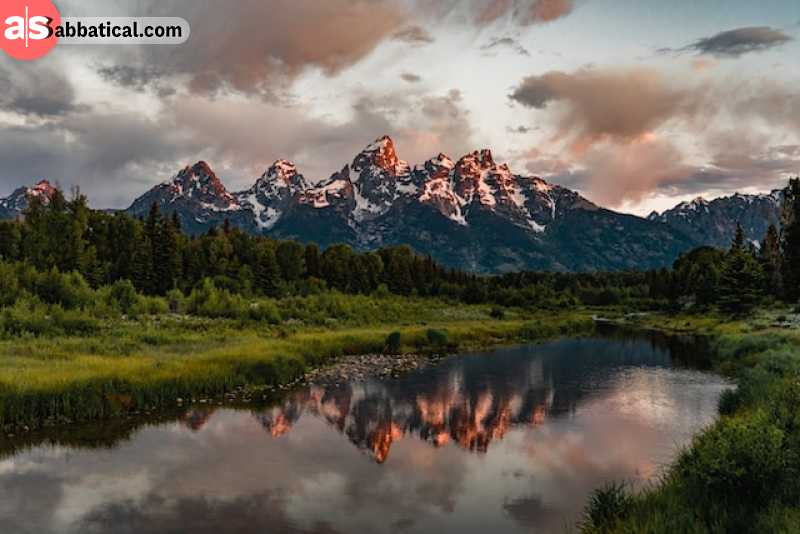
Iconic Landmarks of Jackson Hole
Before we head further into this subject, let’s cover some of the iconic landmarks of Jackson Hole. When planning your visit, consider booking vacation rentals in jackson hole to accommodate your stay in the area. With that said, here are some of the unique landmarks that this place has in store for you:
1. Moulton/Mormon Row Barns
The first iconic landmark we’ll cover is the Moulton Barns found off Antelope Flats Road. This place serves as a gateway to Mormon Row which is a popular spot for nature photography. These historic barns date back between 1913 and 1945 and were built by Thomas Alma Moulton and his sons. Today, these barns serve as a representation of Jackson Hole’s pioneering homesteaders. Also, framing the barns with the Teton mountain range makes for a very unique shot.
The best times to take snapshots of the barns are during sunrise and sunset. That’s because the warm light illuminates the wood against the mountains. It’s best that you situate yourself northwest of the barns. Use a wide-angle lens to include barns and the Tetons in the photo composition. Prolonged exposures can create breathtaking blurs in the clouds too.
2. Snake River Overlook
Snake River Overlook offers a breathtaking view of the river winding through the valley below the Tetons. Spring and fall are ideal seasons since the Overlook is prone to haze during summer. Plan to arrive early before sunrise or stay late during the golden hour. Use a graduated ND filter to balance the exposure between the bright sky and the darker foreground.
The Snake River Overlook is another spot we’ll cover. It provides a breathtaking view of the river that’s winding through the valley below the Tetons. The best time to take photos is during Spring and Fall since the Overlook gets hazy during summer. Make sure to arrive early before sunrise or stay late during the golden hour. It’s recommended that you use a graduated ND filter to balance the exposure between the bright sky and the dark foreground.
3. Schwabacher's Landing
The third iconic spot is Schwabacher’s Landing. It’s found along the Snake River but it’s accessible through hiking. You’d want to visit this scenic spot during sunrise or sunset where the water perfectly mirrors the Tetons. This place is also excellent for photographers who want to take images of the star-filled skies at night.
These are just some scenery that will take your breath away. But the challenge lies in capturing this beauty of nature.
Strategies for Capturing the Perfect Shot
You must take note that capturing the perfect shots requires a bit of planning. By understanding these strategies, you could end up with the best and picturesque shots. Here are a couple of strategies that you should consider when taking pictures at Jackson Hole:
1. Understanding Perspective
Understanding perspectives is key to creating the best shot. For example, you can step farther back using a telephoto lens in Moulton barns. You make the barn smaller in the lens but enlarge the mountains in the frame. You are giving emphasis to the mountain’s towering heights. When paired with a wide-angle lens, the mountains are given a sense of presence.
2. Wildlife Precautions
You must take note that Jackson Hole is home to many wildlife such as bison, moose, bears, and wolves. It’s advised that you respect the animals’ space. Give them around a 70-100 yard buffer. Be also aware of your surroundings and take note of the animal’s signs of aggression. It’s also ill-advised to position yourself between a parent and a baby.
Basic etiquette will go a long way in preventing dangerous encounters with the local wildlife.
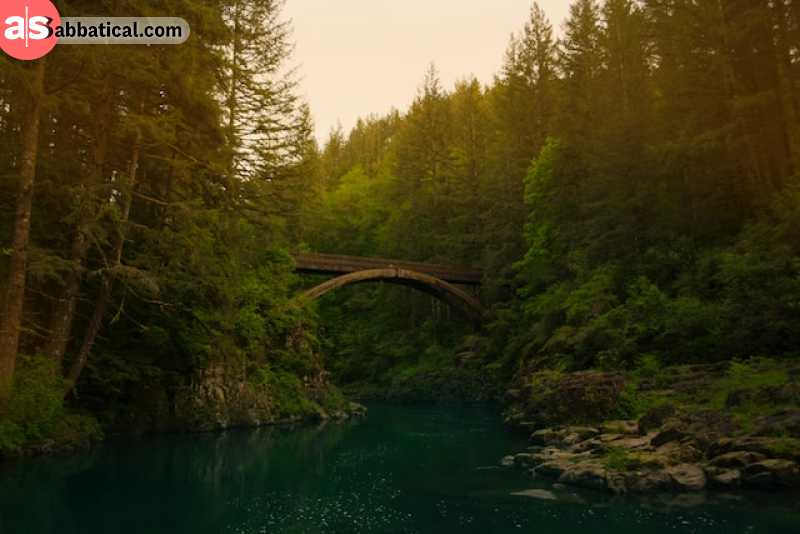
The Changing Landscape and Conservation Concerns
Be aware that natural landscapes change over time, albeit the changes are gradual. In this section, we’ll cover what you’ll need to take note of in regard to an ever-changing landscape. At the same time, we’ll also discuss the conservation concerns for Jackson Hole. Here’s one particular preservation effort that we’ll give spotlight to:
Preservation Efforts in Mormon Row
The barns in Mormon Row were preserved starting in 1990. That’s when the Jackson Hole Land Trust acquired the parcels of that area. Photographers will play a big role in capturing landscapes of the area over time. The images will help people to reflect on the past while advocating for continued conservation of the area.
The Best Times and Seasons for Photography in Jackson Hole
There’s no right or wrong time to take photos in Jackson Hole, but if you’re aiming for the best shots, there are some time frames you need to consider. These are the perfect moments to capture images of the landscape of Jackson Hole. Here are a few of the best times and seasons:
1. Sunrise and Sunset
For example, in the Snake River Overlook - May to September offers the best sunrises. Whereas November to January provides the best sunset shots. Also, astrophotography and moonrises are excellent photographic opportunities to take advantage of.
2. Full Moon Photography
You can also take images during the night of a full moon since the details of the landscape are lit by the Moon’s light. You would need to use a sturdy tripod and cable release to capture multiple-exposure shots. Stack those shots during post-processing to balance exposures between the moon’s light and the dark surroundings.
3. Spring and Fall
These two seasons tend to be ideal for taking images at Jackson Hole. For a couple of reasons, one is the enhanced visibility and higher activity that these two seasons provide. The second is that summer tends to bring haze to the region which will affect both the visibility and quality of your images. Also, winter tends to be a quiet season, especially if you’re a wildlife photographer. That’s because the local wildlife has either migrated or is in hibernation.
Additional Resources for Photographers
The Jackson Hole Photo Guide is an excellent extra resource that photographers can use. There are also local workshops such as the Jackson Hole Workshop that help you hone skills through hands-on learning. You can also try to join photo tours to gain access to hidden gems. Regardless of your level of expertise, resources exist for you to tap into Jackson Hole’s full photographic potential.
FAQs
1. What safety tips should you follow when photographing wildlife?
Stay at least 70 to 100 yards away from any wildlife. Respect the space of the wildlife, don’t intrude on it. Also, don’t position yourself between a parent and baby as that is a recipe for a disaster. Be aware of the surroundings and check for signs of aggression. If the animal doesn’t like your presence, then it’s best that you back off without showing signs of panic.
2. How can photographers promote conservation efforts?
Photographers can help conservation efforts through their images. These images capture the changes in the landscape over time. People can then reflect on the past and advocate for continued conservation. These images also allow people to see the environmental impacts first-hand. You must take note that as a photographer, you’ll also need to follow a “Leave no Trace” principle.
3. Are permits required for commercial photography in Jackson Hole?
It is required from the National Park Service. Permits will allow photographers to sell or publish photos that were taken in Grand Teton National Park. So, it’s best advised to check for permits, restrictions, and closures.
Capture Jackson Hole’s Beauty through the Lens of your Camera
Capturing Jackson Hole goes beyond basic snapshots. With iconic scenery, diverse wildlife, and ever-changing light, this photographer's paradise offers endless inspiration. Follow these tips and discover how breathtaking photographs come alive. As Ansel Adams once said, “You don’t take a photograph, you make it.” Now get out and make your own photographic masterpiece in one of America's most prized national parks.
Now, go out there and make your own photographic masterpiece that you are proud of in one of America’s prized national parks.


